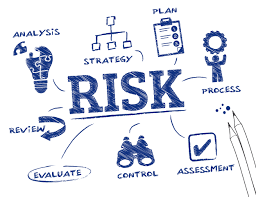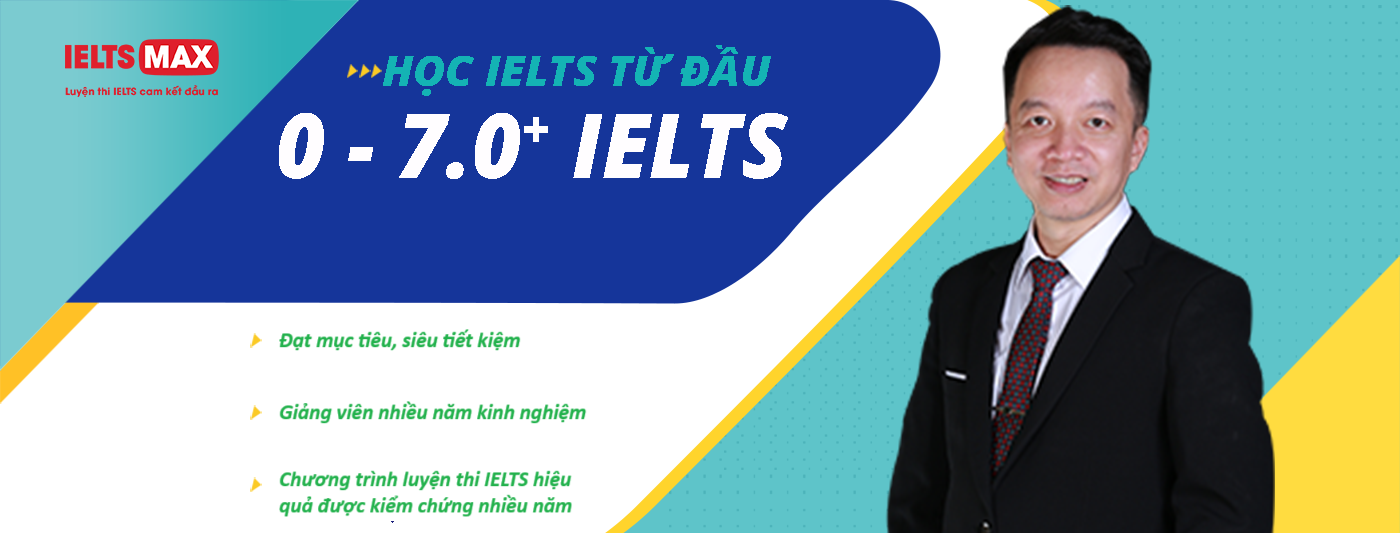Mời các bạn làm bài tập ôn luyện dạng bài Summary Completion trong IELTS Reading. Bài tập này giúp các bạn ôn lại kỹ năng xử lý dạng bài Summary Completion cũng như củng cố lượng từ vựng. Bài có tất cả 7 câu lựa chọn đáp án đúng để hoàn thành đoạn tóm tắt. Sau khi làm xong bài, các bạn hãy ấn submit để xem kết quả bài làm của mình và giải thích của từng câu hỏi. Bạn hãy thử làm để củng cố và nâng cao kiến thức để chuẩn bị cho bài thi IELTS Reading nhé!
Chúc bạn có thời gian hữu ích trên website!
Assessing the risk

A As a title for a supposedly unprejudiced debate on scientific progress, “Panic attack: interrogating our obsession with risk” did not bode well. Held last week at the Royal Institution in London, the event brought together scientists from across the world to ask why society is so obsessed risk and to call for a “more rational” approach, seem to be organising society around the grandmotherly maxim of better safe than sorry’,” exclaimed Spiked, the online publication that organised the event. “What are the consequences of this overbearing concern with risks?”
B The debate was preceded by a survey of 40 scientists who were invited to describe how awful our lives would be if the “precautionary principle” had been allowed to prevail in the past Their response was: no heart surgery or antibiotics, and hardly any drugs at all; no acroplanes, bicycles or high-voltage power grids; no pasteurisation, pesticides or biotechnology; no quantum mechanics; no wheel; no “discovery” of America. In short, their message was: no risk, no gain.
C They have absolutely missed the point. The precautionary principle is a subtle idea. It has various forms, but all of them generally include some notion of cost-effectiveness. Thus the point is not simply to ban things that are not known to be absolutely safe. Rather, it says: “Of course you can make no progress without risk. But if there is no obvious gain from taking the risk, then don’t take it.”
D Clearly, all the technologies listed by the 40 well-chosen savants were innately risky at their inception, as all technologies are. But all of them would have received the green light under the precautionary principle because they all had the potential to offer tremendous benefits _ the solutions to very big problems – if only the snags could be overcome.
E If the precautionary principle had been in place, the scientists tell us, we would not have antibiotics. But of course we would – if the version of the principle that sensible people now understand had been applied. When penicillin was discovered in the 1920s, infective bacteria were laying waste to the world. Children died from diphtheria and whooping cough, every open drain brought the threat of typhoid, and any wound could lead to septicemia and even gangrene.
F Penicillin was turned into a practical drug during the Second World War, when the many pestilences that result from war threatened to kill more people than the bombs. Of course antibiotics were a priority. Of course the risks, such as they could be perceived, were worth taking.
G And so with the other items on the scientists, list: electric light bulbs, blood transfusions, CAT scans, knives, the measles vaccine —the precautionary principle would have prevented all of them, they tell us. But this is just plain wrong. If the precautionary principle had been applied properly, all these creations would have passed muster, because all offered incomparable advantages compared to the risks perceived at the time.
H Another issue is at stake here. Statistics are not the only concept people use when weighing up risk. Human beings, subtle and evolved creatures that we are, do not survive to three-score years and ten simply by thinking like pocket calculators. A crucial issue is concumer’s choice. In deciding whether to pursue the development of a new technology, the consumer’s right to choose should be considered alongside considerations of risk and benefit Clearly, skiing is more dangerous than genetically modified tomatoes. But people who ski choose to do so; they do not have skiing thrust upon them by portentous experts of the kind who now feel they have the right to reconstruct our crops. Even with skiing there is the matter of cost effectiveness to consider: skiing, I am told, is exhilarating. Where is the exhilaration in GM soya?
I Indeed, in contrast to all the other items on Spiked’s list, GM crops stand out as an example of a technology whose benefits are far from clear. Some of the risks can at least be defined. But in the present economic climate, the benefits that might accrue from them seem dubious. Promoters of GM crops believe that the future population of the world cannot be fed without them. That is untrue. The crops that really matter are wheat and rice, and there is no GM research in the pipeline that will seriously affect the yield of either. GM is used to make production cheaper and hence more profitable, which is an extremely questionable ambition.
J If it had been in place in the past it might, for example, have prevented insouciant miners from polluting major rivers with mercury. We have come to a sorry pass when scientists, who should above all be dispassionate scholars, feel they should misrepresent such a principle for the purposes of commercial and political propaganda. People at large continue to mistrust science and the high technologies it produces partly because they doubt the wisdom of scientists. On such evidence as this, these doubts are fully justified
Questions 1-7
Summary
Complete the following summary of the paragraphs of Reading Passage, using no more than three words from the Reading Passage for each answer. Write your answers in boxes 1-7 on your answer sheet.
When applying precautionary principle to decide whether to invent a new technology, people should also consideration of the……………. 1…………….. ,along with the usual consideration of…………………… 2……………….. For example, though risky and dangerous enough, people still enjoy …………………… 3…………….. for the excitement it provides. On the other hand, experts believe that future population desperately needs………………… 4……………… in spite of their undefined risks. However,the researches conducted so far have not been directed towards increasing the yield of…………………… 5…………….. ,but to reduce the cost of ………………. 6…………… and to bring more profit out of it. In the end, such selfish use of precautionary principle for business and political gain has often led people to ………………….. 7…………….. science for they believe scientists are not to be trusted.
 IELTS Max Luyện thi IELTS cam kết đầu ra
IELTS Max Luyện thi IELTS cam kết đầu ra




